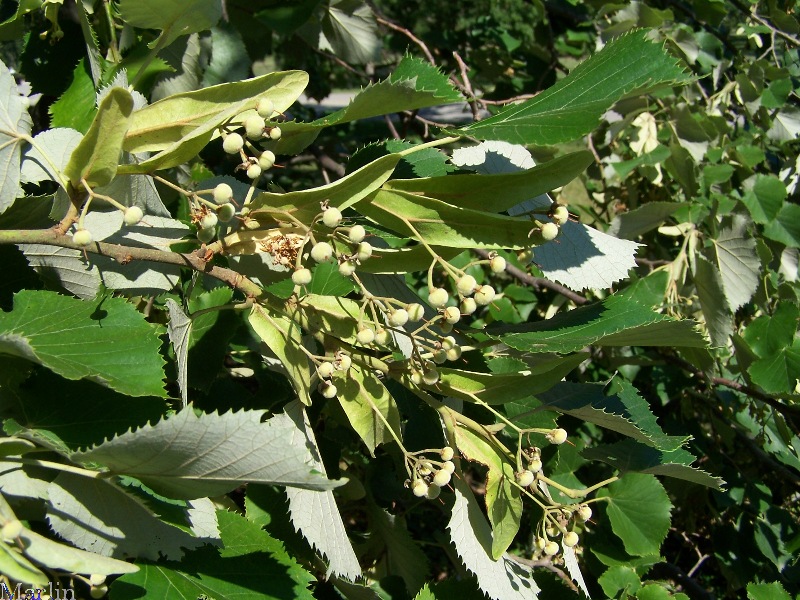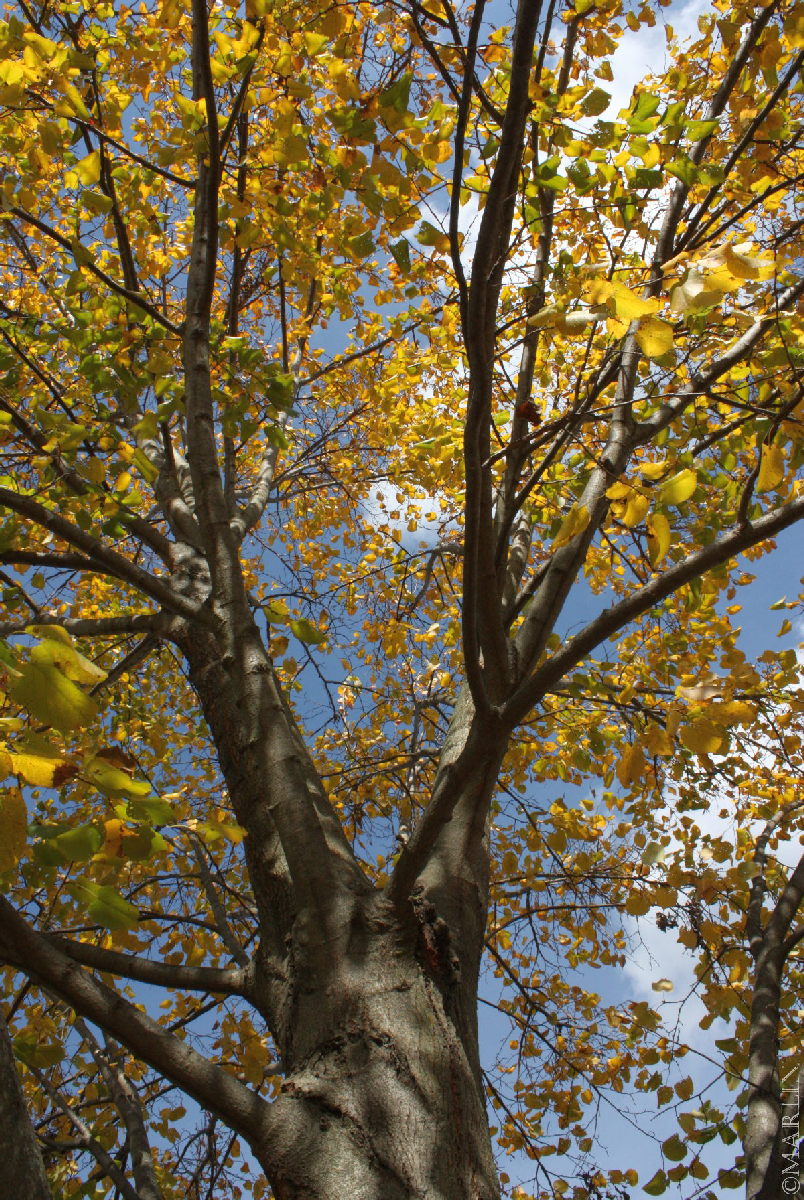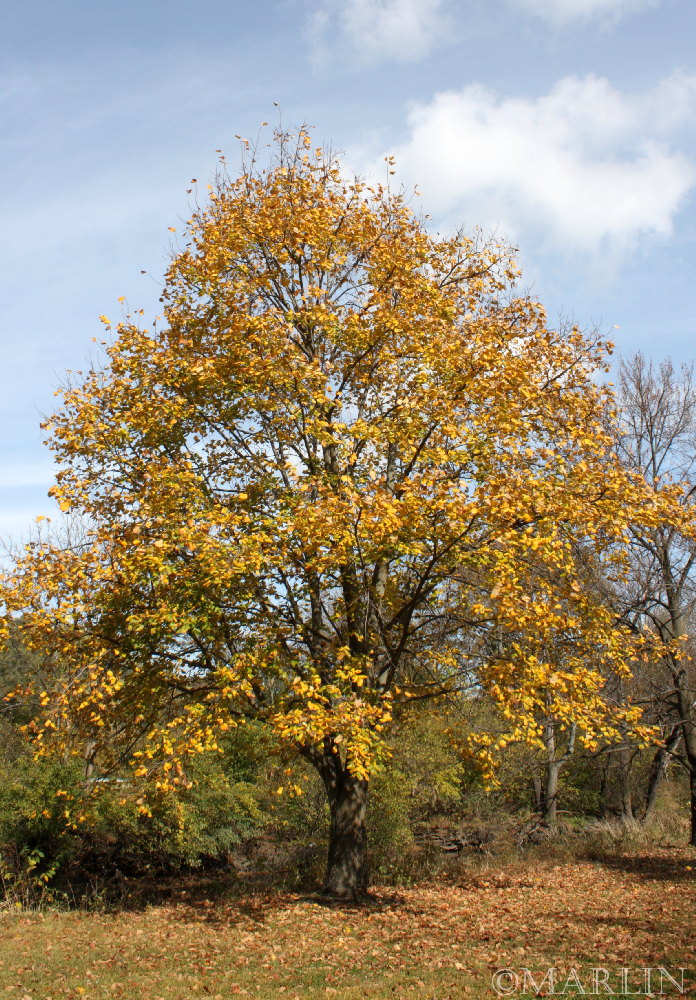Silver Linden – Tilia tomentosa
Tilia tomentosa, commonly known as the silver linden, is a deciduous tree native to southeastern Europe and western Asia.
It is a popular ornamental tree in parks and gardens, known for its attractive foliage and fragrant flowers.
This Silver Linden is 67 years old
Linden trees are an excellent choice for the street or shade trees.
They are especially hardy, tolerant of alkaline soils, visited by few destructive insects and exhibit a natural, pyramidal shape that requires little pruning.

Linden bracts and nutlets
They produce small, round, persistent fruits that are attached to leaf-like appendages. These trees have attractive, golden yellow fall color.
The fragrant flowers of the Linden tree hang from the middle of leafy, ribbon-like green bracts in long-stalked clusters. The flowers are tiny, with 5 yellowish-white petals.
During the last weeks of June and first weeks of July they exude a powerful, haunting scent that can be detected up to a mile away.
The flowers possess a nectar which attracts bees and produces a strong flavored honey. When this tree is in flower it will be full of bees, hence its common name “bee tree”. During the three-five weeks that the Lindens bloom, honey bees forsake most other flowers.
The honey that they make of Linden nectar is white in color, and highly regarded.
References
1. Keith Rushforth, Charles Hollis, National Geographic Trees of North America “Silver Linden”
2. Morton Arboretum acc. 131-40-4 photos by Bruce Marlin



